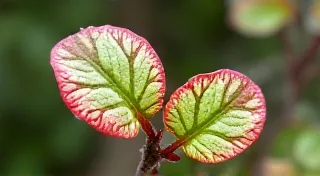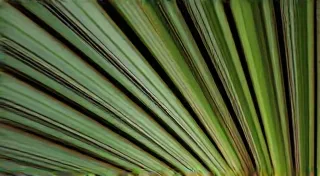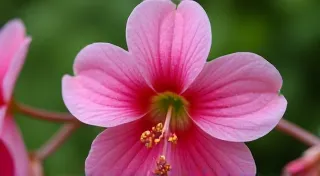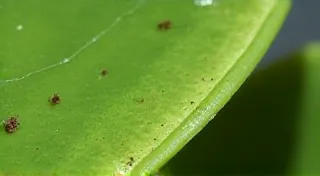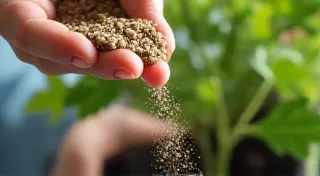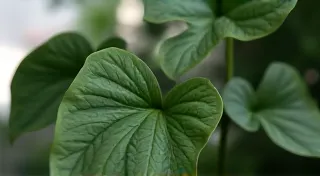Hoyas: Unique Care Needs for Uncommon Varieties
Hoyas, also known as wax plants, have captivated plant enthusiasts for decades. While the common Hoya carnosa is relatively accessible, a vast and fascinating world of uncommon and rare Hoya varieties exists, each with its own unique charm and specialized care requirements. This article delves into the distinct needs of less common Hoya varieties, going beyond the basics to help you successfully cultivate these treasures.
Understanding the Hoya Family
Before diving into specific varieties, it's helpful to understand what makes Hoyas unique. They originate from tropical regions across Southeast Asia, Australia, and India. Most Hoyas are vines, with thick, succulent stems and leaves. Their most prized feature is their beautiful, star-shaped clusters of flowers, often fragrant. However, flowering can be infrequent and requires specific conditions. Many collectors find themselves drawn to plants with striking foliage, much like the allure of a Rhaphidophora Tetrasperma 'Jade', which showcases a similar appeal with its unique leaf patterns.
General Hoya Care Basics (a reminder!): Bright, indirect light is crucial. Hoyas prefer well-draining soil that doesn’t stay soggy. Allow the soil to dry out considerably between waterings, especially during the cooler months. They appreciate humidity but will generally tolerate average household humidity. Support for their vines is essential as they grow.
Spotlight on Uncommon Hoya Varieties
Let's explore some fascinating, less common Hoya varieties and their particular care quirks.
Hoya Linearis ‘Dragon’s Blood’
Named for the vibrant red sap it produces when cut, Hoya linearis 'Dragon's Blood' boasts long, needle-like leaves that create a unique cascading effect. This variety is highly sought after and commands a premium price. The visual impact of its foliage can be quite captivating, much like the elegance of an Anthurium Crystallinum, which also presents a striking appearance.
Special Considerations: Hoya linearis is more sensitive to overwatering than many other Hoyas. Ensure excellent drainage and allow the soil to dry almost completely before watering again. They also prefer slightly brighter light than many other Hoyas, though direct afternoon sun should still be avoided. This variety is known to be a bit slow-growing.
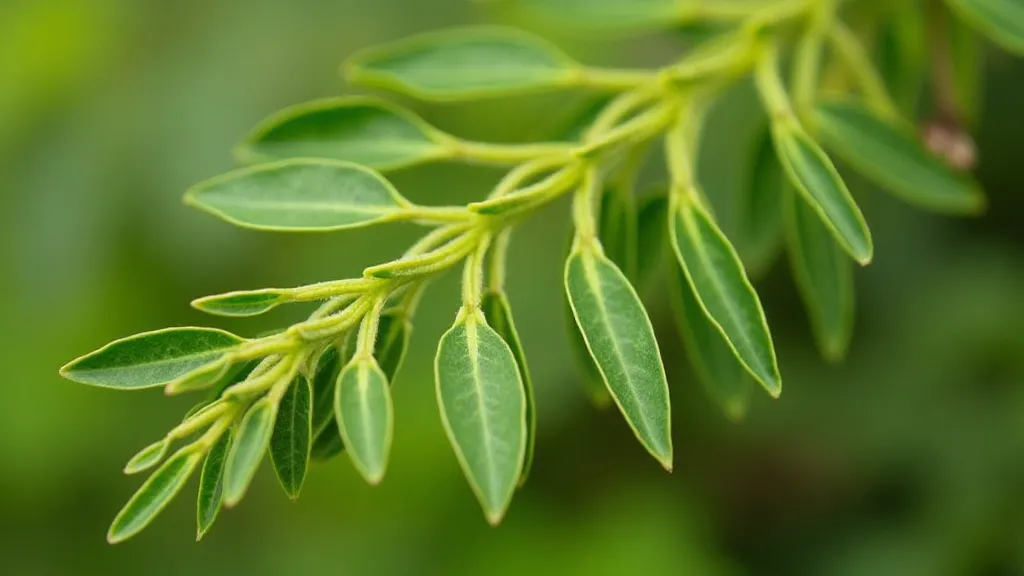
Hoya Cumingiana ‘Splash’
Hoya cumingiana ‘Splash’ is a stunning variety renowned for its beautifully mottled leaves – a splash of silver-white against a dark green background. It is relatively fast-growing.
Special Considerations: ‘Splash’ Hoyas benefit from higher humidity than some other Hoyas. Misting regularly or placing the plant near a humidifier can help maintain leaf health. They are also sensitive to fluoride in tap water, so using filtered or rainwater is recommended to prevent leaf discoloration. Maintaining the right humidity is vital for many unique houseplants, just as it is for a plant like a Moonlight Ficus, where dryness can impact its overall health.
Hoya Polyneura ‘Dark Star’
Hoya polyneura 'Dark Star' is a captivating cultivar with unusually dark, almost black leaves, adorned with intricate silver variegation. It’s a collector’s favorite and can be tricky to propagate.
Special Considerations: 'Dark Star' Hoyas are notoriously slow growers and require very consistent care. They thrive in bright, indirect light but can burn easily if exposed to direct sun. Avoid abrupt changes in temperature or humidity. They are also prone to spider mites, so regular inspection is crucial. The challenge of encouraging vibrant coloration and variegation is something many plant enthusiasts experience; ensuring proper care is crucial, as seen with plants like the Philodendron Pink Princess, where light and nutrients play a critical role.
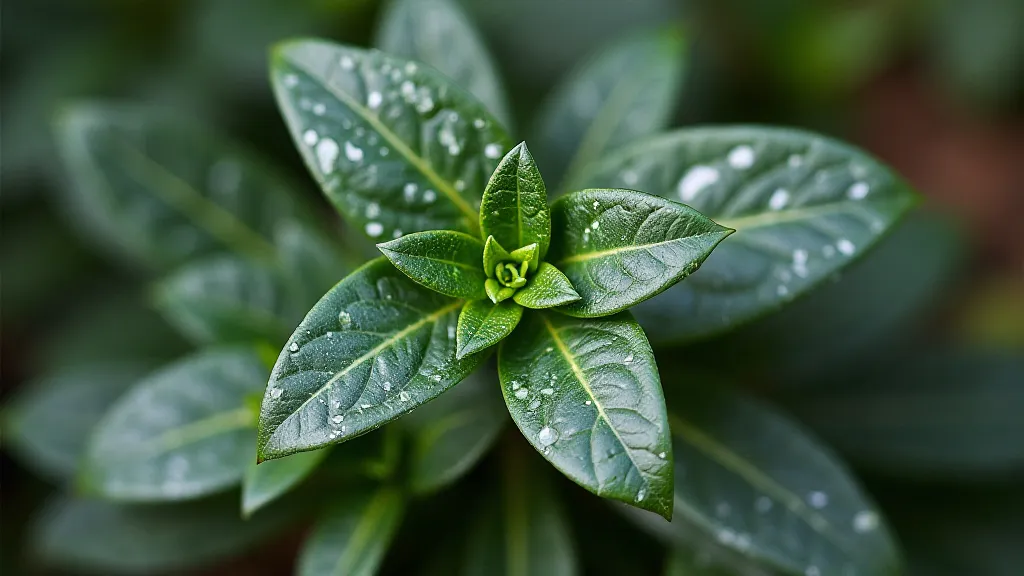
Hoya Obscura ‘Marble’
This variety has recently gained popularity. Hoya obscura 'Marble' exhibits an array of variegation patterns, with leaves showcasing combinations of green, cream, and sometimes even a reddish hue.
Special Considerations: They are fast growing, and the variegation in their leaves can vary greatly, making each plant unique. These Hoyas need a bit more humidity than most, but avoid overwatering. They're sensitive to dry air and can lose variegation if the conditions aren't right. The unpredictable nature of variegation and the importance of consistent moisture levels are echoed in the care of many collector's plants.
Propagation and Pest Control
Propagation: Hoyas are generally propagated through stem cuttings. Allow the cut end to callous over for a few days before planting in a well-draining potting mix. Rooting can take several weeks. Keep the cuttings in a humid environment. Providing a humid environment is critical for successful propagation and root development, a factor crucial for many vine-like plants.
Pest Control: While generally resilient, Hoyas can be susceptible to common houseplant pests like mealybugs and spider mites. Regularly inspect your plants and address any infestations promptly with insecticidal soap or neem oil. Regular inspection and prompt action are essential to maintaining healthy plants, a practice applicable to a wide range of houseplants.
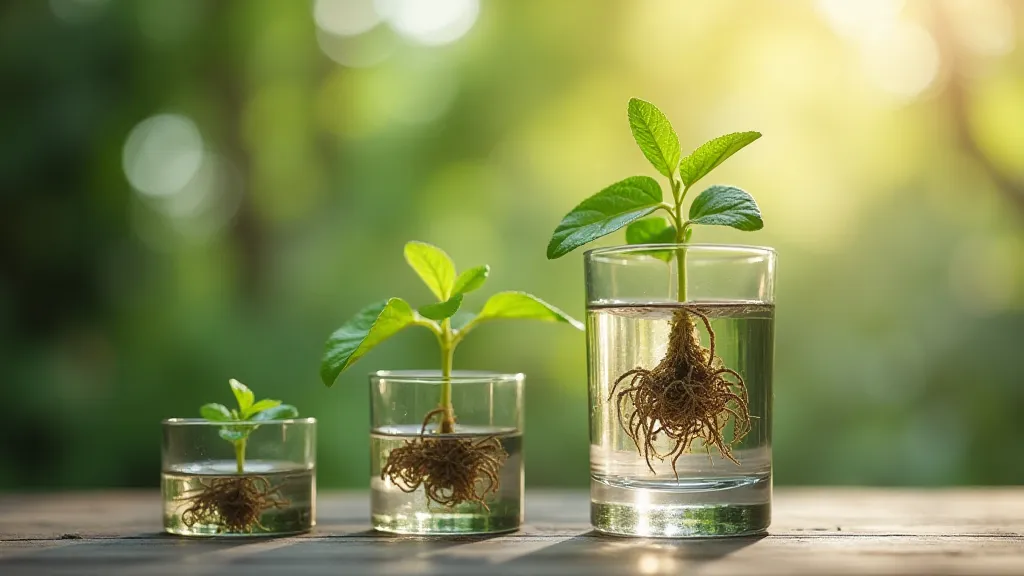
Advanced Hoya Care Considerations
Beyond the basics, several factors can significantly impact the health and vitality of your uncommon Hoyas. Light intensity plays a crucial role. While most prefer bright, indirect light, some varieties, like 'Dragon's Blood', benefit from slightly higher light levels. Observe your plants carefully; a leggy appearance often indicates insufficient light, while scorched leaves suggest too much direct sun. Soil composition is also key. Hoyas need a well-draining mix that allows for good aeration. A blend of peat moss, perlite, and orchid bark typically works well. Fertilizing should be done sparingly, especially during the growing season (spring and summer). A balanced liquid fertilizer diluted to half strength can be applied every few weeks.
Repotting Hoyas is best done when they become root-bound, typically every 1-2 years. Choose a pot that is only slightly larger than the previous one, as Hoyas prefer to be somewhat snug in their containers. Be mindful of the plant’s natural growth habit. Most Hoyas are climbers and will benefit from a trellis or support structure. Providing adequate support not only encourages healthy growth but also allows you to appreciate the plant's cascading beauty.
Understanding the lifecycle of your Hoya is also important. Hoyas are known for their sporadic blooming, which can take several years. Proper care and attention to detail can increase your chances of witnessing these spectacular displays. The fragrance of Hoya flowers is often intoxicating, adding another layer of enjoyment to the experience.
Conclusion
Cultivating uncommon Hoya varieties can be a rewarding experience for the dedicated plant enthusiast. By understanding their unique needs and providing attentive care, you can unlock the beauty and intrigue of these fascinating plants. Don't be afraid to experiment and learn as you embark on your Hoya journey!
